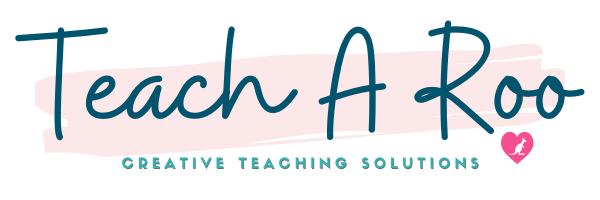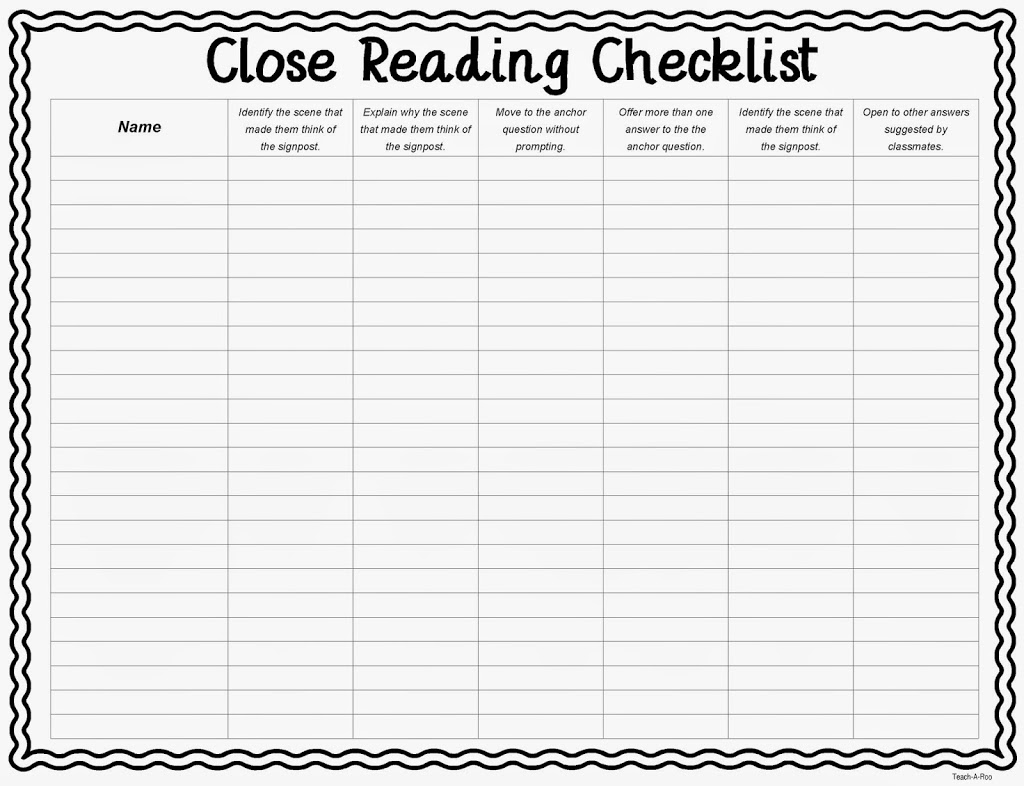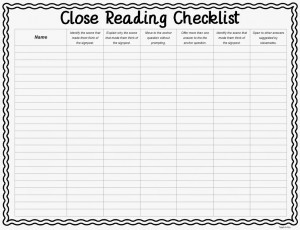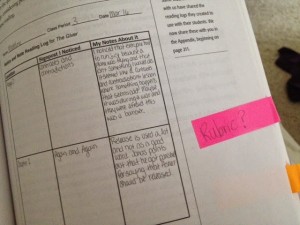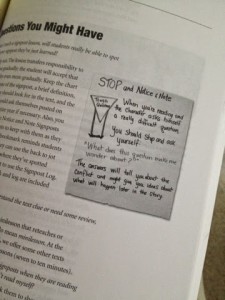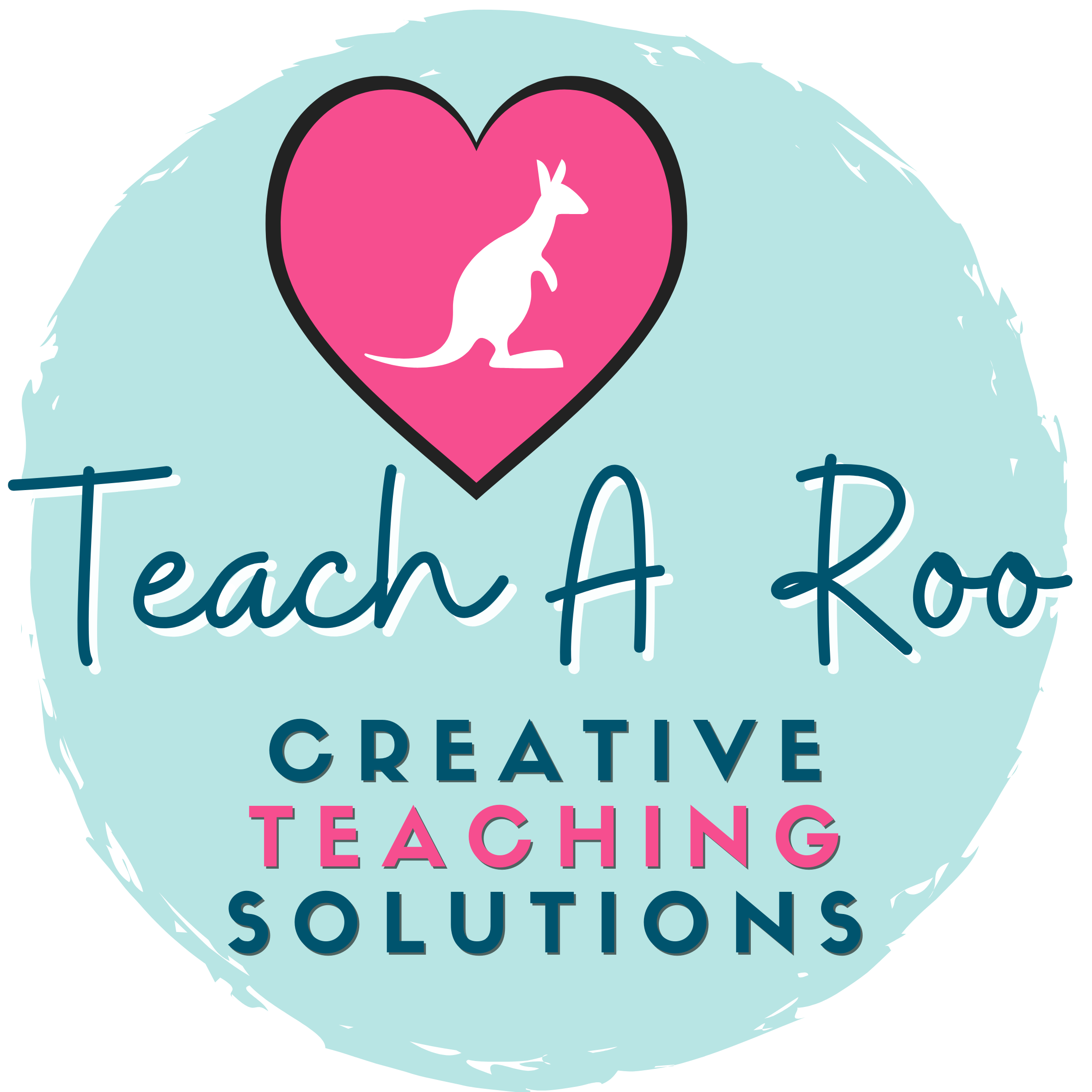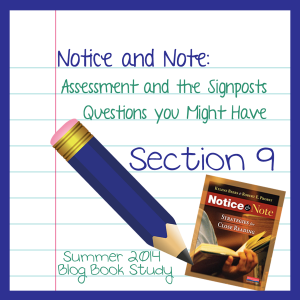
Assessment and the Signposts and Questions You Might Have
I am so excited because this is the chapter that I get to host- Assessment and the Signposts and Questions You May Have.
Let’s start with assessment. It’s everywhere isn’t it? I was pleased when one of the first parts of this section clearly stated that the signposts are not just for teaching the Common Core State Standards. Once again the signposts are just tools in developing deeper, more thoughtful readers and lifelong learners.
The first part discusses assessing by listening to what the students are saying. I think most of us probably do this by taking some sort of anecdotal records or use a form of a check list while walking around.
The authors discuss how much more rich the conversation is between students once they have a good understanding of the basic signposts. Again, what I really like about this is that it isn’t applied to just one text. Students can apply these skills over a myriad of texts and still make wonderful, thoughtful connections.
Another point that I found interesting in this chapter was that it is important to remember to listen to the students over a period of time. Assessing close reading can’t be done in one or two sessions. It is a process and a sign of growth.
I did make a handy checklist with some of the questions that they offer to help assess the students. You can grab it free below.
The next section is about assessing students using their reading logs. I would have loved to see some primary examples in this book. Once again, the examples were all from upper elementary school students.
After further reading, they clearly state that assessment is not grading. In my reality though, I must hold students accountable through a standard grading system, which is why I thought a rubric system might be helpful. The authors didn’t really address how to grade versus assess close readings. I guess the answer is you don’t. What do you think?
Questions You May Have
The next section of the book responds to questions that we might have during our close reading instruction.
The first question is, “After I teach a signpost lesson, will students really be able to spot whatever signpost they’ve just learned?” They gave an honest answer of “probably not.” This made me chuckle a bit. They reiterate that close reading is a gradual process and to be sure to give the students lots of scaffolding and reminders about the signposts along the way. They recommend using bookmarks and anchor charts to help activate the student learning.
(Example of anchor chart from the book.)
There are other questions/answers also included, but this was the one I was most interested in. Next, we start in the part of the book that I am most excited about- actually teaching the signposts.
THE LESSONS-YAY!!
So, stay tuned and keep with us… it is a MEATY book!!!
Happy Reading!!
